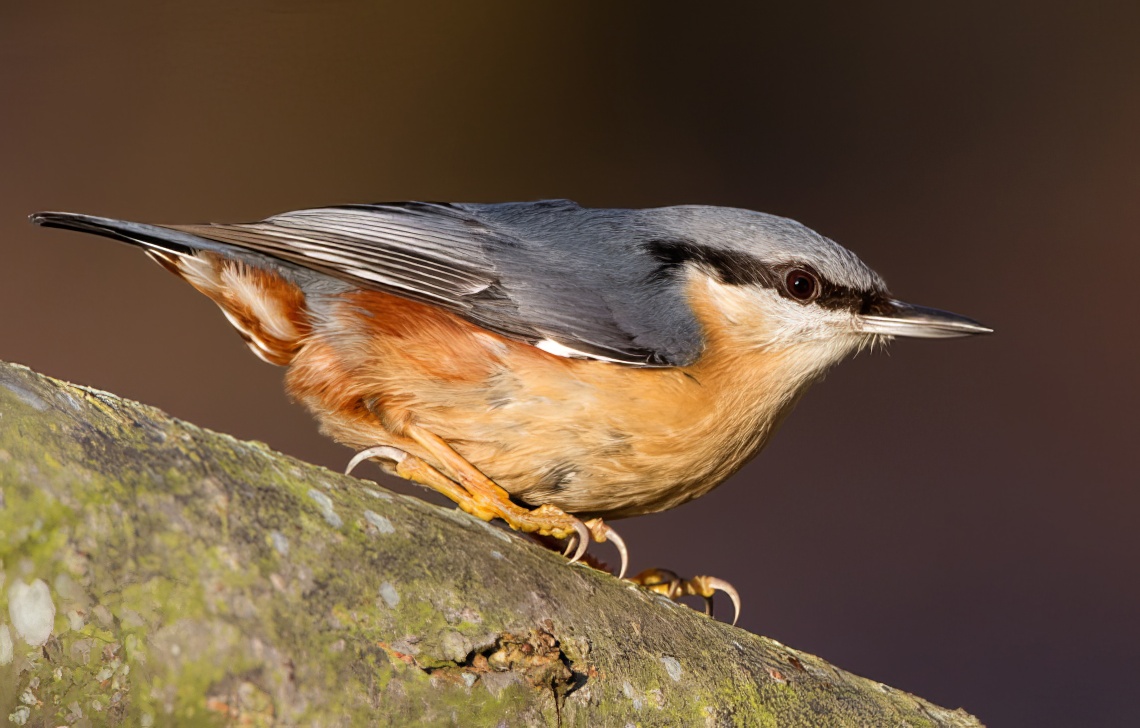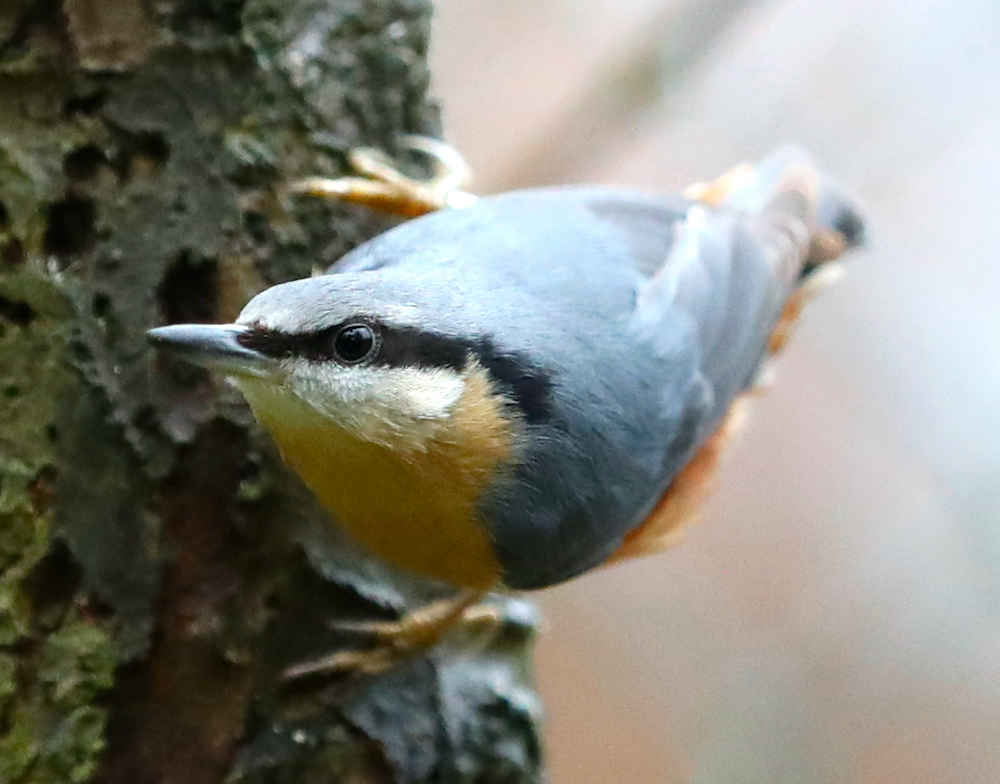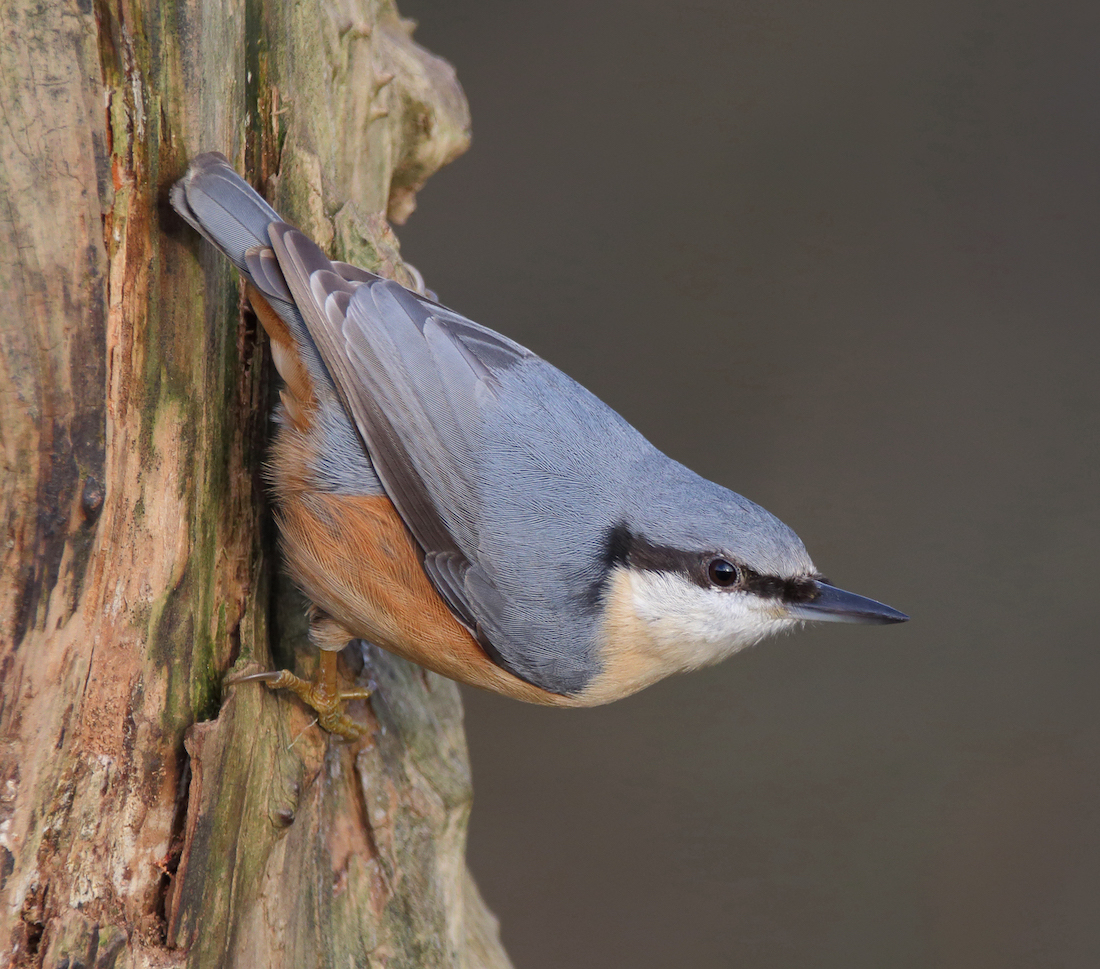Eurasian Nuthatch Sitta europaea
Fairly common and increasing woodland resident.



The Atlas showed that in the 1980s Nuthatch was largely confined to the southwest corner of the county but had been spreading from the extreme south west since the BTO Atlas 1968-1972. The population in the 1980s was estimated at around 300 pairs. Nuthatch has continued to spread north and north east through the Wolds to the eastern edge and up to the south bank of the Humber. This spread is well depicted in the BTO Atlas 2007-2011 maps. It is only fairly common on a local basis in areas of suitable deciduous woodland. The Brocklesby Woods and the Hubbard’s Hills area to the west of Louth are good locations colonised over the last 20 years. The APEP4 adjusted population estimate for 2016 was 750 pairs. In the five years to 2018 the maximum counts received were of eight in Callan’s Lane Wood in January 2015 and eight at Belton Park in January 2016. Both of these sites are in the original heartland of Nuthatch distribution. Counts of six birds came from Normanby Park north of Scunthorpe in January 2018 and Hubbard’s Hills, Louth in September 2020. British Nuthatches are very site-faithful and do not move very far at all; most movements are local with just one or twp BTO-listed movements in the UK of more than 100km.
(Account as per new Birds of Lincolnshire (2021), included December 2022)
